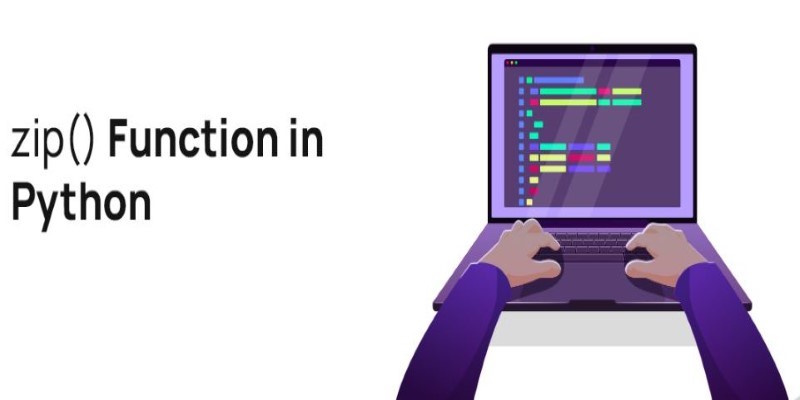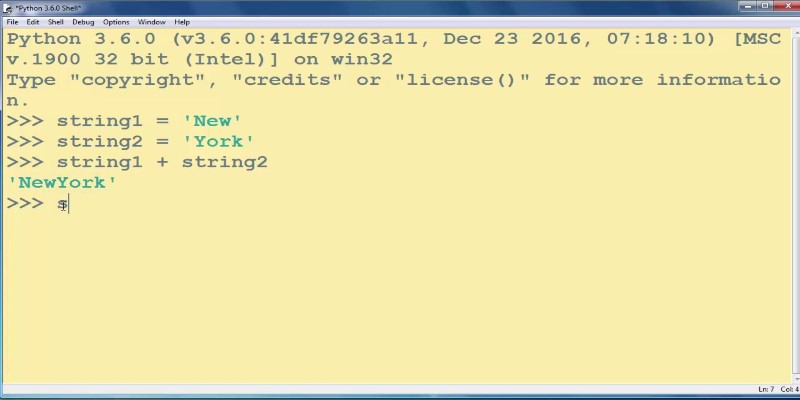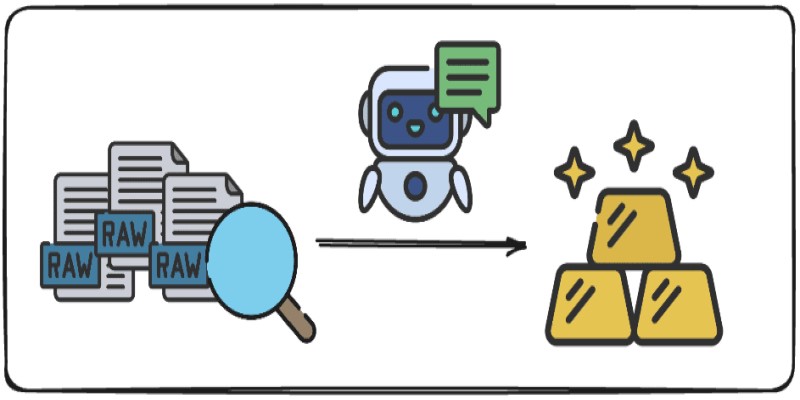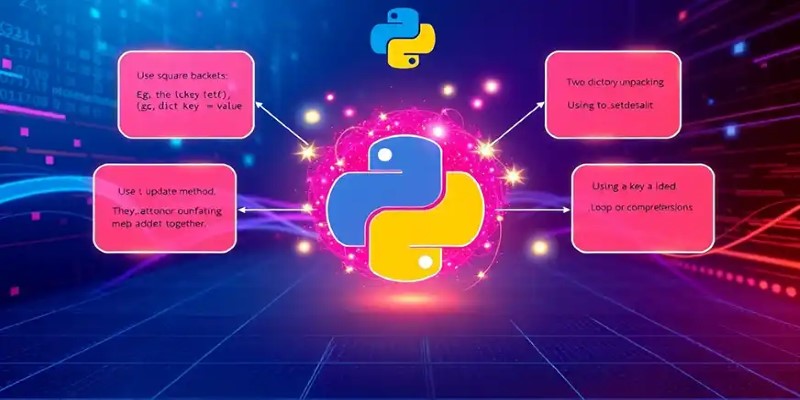Advertisement
India's digital transformation has often been tied to Jio. The telecom giant didn't just slash mobile data prices—it reshaped access to the internet. Now, with its latest move, Jio Platforms is steering toward artificial intelligence. The new offering, Jio Brain, isn't just a tech release—it's a statement. It promises to connect data, services, and intelligent systems across industries with minimal friction. Jio isn't building a chatbot or search engine. Instead, it's aiming at something bigger—making AI feel invisible and deeply built into how businesses work. It's the kind of quiet disruption that doesn't shout, but moves fast.
Jio Brain is not just a software platform or a standalone model. It's an infrastructure layer, a middleware engine that helps companies embed AI into their existing systems. Think of it as the glue that links raw business data—call records, sales logs, app usage, location stats—with AI models that can process and learn from it. What makes it interesting is that it doesn't require a complete system rebuild. Businesses don't have to swap out their CRM or databases. Instead, Jio Brain slots into existing tools and makes them smarter.

Its core strength lies in low-latency, cloud-native operation and high compatibility. It uses APIs and pre-trained models but also supports custom workflows. Say a retailer wants to detect fraud in real time while tracking customer preferences. With Jio Brain, that logic can run in the background of their normal transaction system, learning from patterns over time.
This makes it especially attractive in sectors like retail, healthcare, finance, and telecom industries, where real-time data moves fast and the cost of wrong predictions is high. The ability to add intelligence without a long integration cycle or expensive migration gives Jio Brain an edge in wide-scale AI integration.
Its internal design seems to take cues from modular architecture. Jio Brain provides foundational components like data routing, model inference, monitoring, and feedback loops. Businesses can connect their data sources—billing platforms, sensors, or ERP systems—and the platform will manage how the AI handles the input, from pre-processing to decision-making.
India's biggest roadblock in AI adoption isn't research or even hardware. It's fragmentation. Every sector runs on its stack—local software, legacy databases, isolated APIs. Jio Brain is built to work in that fragmented environment. It doesn't push companies to migrate to one standard system. Instead, it offers a middle layer that speaks to many systems at once.
One standout example is its use in the healthcare domain. Jio's health platform could integrate patient data, diagnostics, pharmacy records, and wearable device inputs—all through Jio Brain. The AI doesn't need to know the name of every EHR vendor. It simply reads the data structure, applies the model logic, and returns insights, such as identifying high-risk patients or flagging unusual readings.
In telecom, it can be used to optimize network traffic, improve call quality, or predict churn. Jio Brain can watch millions of data points—signal drops, usage behavior, payment history—and learn which users are about to leave or need a better plan.
Jio Brain's ability to scale across sectors and access existing systems without forcing a complete overhaul is what gives it long legs. Most AI tools stop at the demo stage because they need a clean lab environment to work. Jio Brain is designed for the mess—the legacy code, old servers, half-cleaned data. That makes it realistic.
Another key element is its edge capabilities. Jio Brain supports AI workloads not only on the cloud but also on local devices or data centers. This is a big deal for sectors with privacy, speed, or connectivity issues. For example, an agricultural sensor system might use Jio Brain to analyze weather and crop data on-site, sending only final insights to the cloud.
This practical structure is what makes Jio Brain different. It doesn't just "bring AI" into a business—it plugs it into the chaos that already exists and helps make sense of it.
Jio Brain is part of a broader shift in strategy for Jio Platforms. Instead of just offering digital services or network infrastructure, it now wants to be the core layer of intelligence that sits underneath Indian industry.

This makes sense when you consider Jio's portfolio—telecom, cloud, healthcare, finance, retail, media. All of them are data-rich, and all of them are ripe for automation. By placing Jio Brain at the center, the company is creating a shared foundation where AI can quietly power everything, from ad targeting to remote surgery planning.
It also hints at something deeper—an ambition to make India self-reliant in AI infrastructure. With growing concerns about dependency on Western tech platforms, Jio Brain offers a domestic alternative that's built for local conditions, languages, data norms, and business culture.
This isn't just about national pride. It's about data control and efficiency. If Indian firms can use an Indian AI engine to handle sensitive data locally, they gain both performance and regulatory peace of mind.
Jio's partnership ecosystem is likely to expand around this. We may see Indian startups building model plugins for Jio Brain. Developers may use it to deploy AI in small-town factories or city-wide surveillance networks. The infrastructure is flexible enough to scale up or down, depending on the setting.
Jio Brain could also connect well with IndiaStack services like Aadhaar, UPI, and DigiLocker, tying together identity, payments, and records. If this happens, Jio Brain will go from being an enterprise tool to something more fundamental—a national AI backbone.
Jio Brain marks a shift in how AI can be woven into real-world systems without disruption. It doesn't ask companies to start over—it fits into what they already have and adds intelligence where it matters. From healthcare to telecom, it works in the background, making operations smarter without adding friction. Its ability to handle complexity, scale quietly, and adapt to Indian needs gives it long-term potential. As more businesses explore AI integration, Jio Brain offers a simple but powerful option. It's not flashy, but it's built to work.
Advertisement

Learn how to convert strings to JSON objects using tools like JSON.parse(), json.loads(), JsonConvert, and more across 11 popular programming languages

Learn how sorting lists in Python using sort() can help organize data easily. This beginner-friendly guide covers syntax, examples, and practical tips using the Python sort method

Anthropic faces a legal battle over AI-generated music, with fair use unlikely to shield the company from claims.

Learn about Inception Score (IS): how it evaluates GANs and generative AI quality via image diversity, clarity, and more.

Learn how the zip() function in Python works with detailed examples. Discover how to combine lists in Python, unzip data, and sort paired items using clean, readable code

Explore effective ways for scatter plot visualization in Python using matplotlib. Learn to enhance your plots with color, size, labels, transparency, and 3D features for better data insights

How to add strings in Python using 8 clear methods like +, join(), and f-strings. This guide covers everything from simple concatenation to building large text efficiently

Learn how AI parameters impact model performance and how to optimize them for better accuracy, efficiency, and generalization

Want to turn messy text into clear, structured data? This guide covers 9 practical ways to use LLMs for converting raw text into usable insights, summaries, and fields

Understand the real differences in the relational database vs. graph database debate. Explore structure, speed, flexibility, and use cases with real-world context

Looking for the best AI resume builders? Check out these 10 free tools that help you craft professional resumes that stand out and get noticed by employers

Learn 8 effective methods to add new keys to a dictionary in Python, from square brackets and update() to setdefault(), loops, and defaultdict